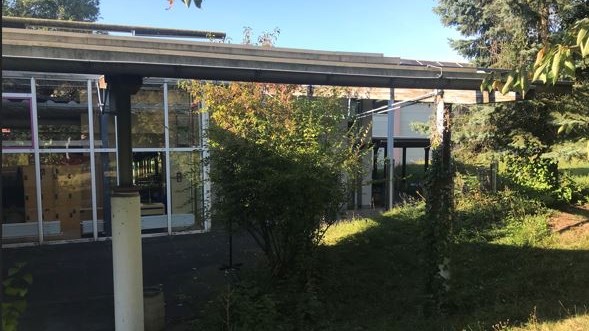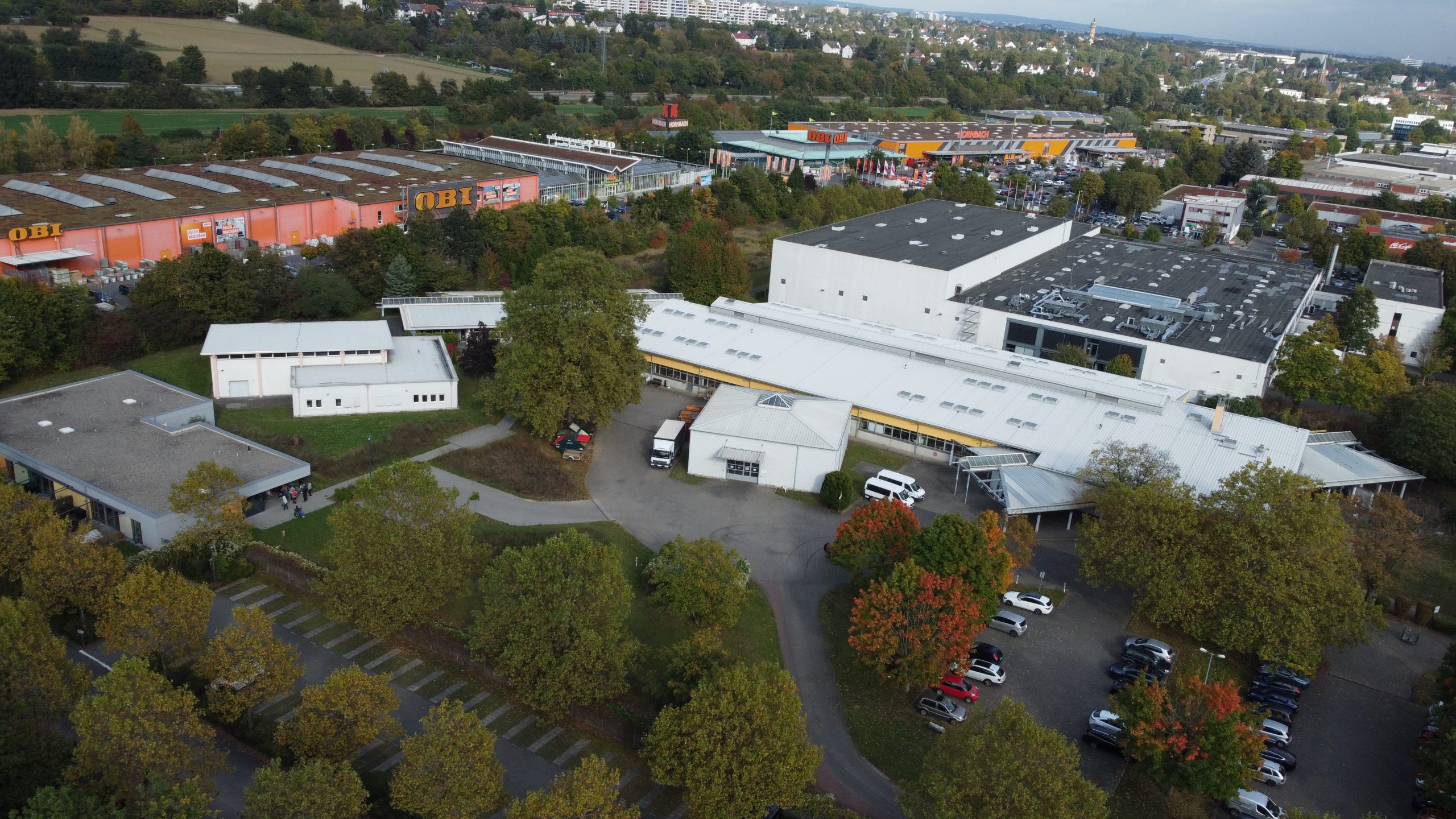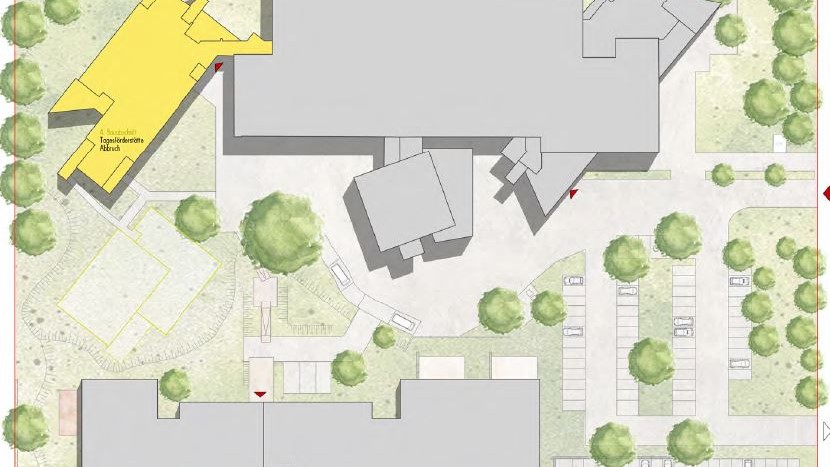
CIRCULAR STRUCTURAL DESIGN, TEUFFEL ENGINEERING CONSULTANTS and the Eindhoven University of Technology TU/e did start another exciting project in the last quarter of the year 2021. Together, we are advising, supporting and assisting a large provider of assistance for the disabled people in the Wiesbaden area with a comprehensive and sustainable redesign of one of their workshops.
By joining forces with these three partners, a relatively new approach to circular construction can be taken. The existing building will be analysed, documented, evaluated and deconstructed. The components will then be used in the new buildings. In this way, they also influence the design of the new facility. CIRCULAR STRUCTURAL DESIGN at it’s best.
WHAT IS THE PROJECT facettenwerk ?
The facettenwerk – Non-profit association for disabled people in the area of Wiesbaden and Rheingau-Taunus District e.V. – is a place where non-disabled and disabled people meet.
It is an association whose members include several large workshops, educational institutions, service units, a nursery and a café. It is committed to the inclusion, vocational training and integration of people with disabilities. In addition, it enables and promotes the integration of people with impairments into the general labour market with its inclusion companies. The focus of the work is on raising public awareness for inclusion, participation and diversity. We find several large workshops, educational institutions, service units, a nursery and a café here. All places where non-disabled and disabled people can learn with and from each other.
In addition to the main task, the facettenwerk is also concerned about sustainability on an ecological, economic and social level for people with disabilities.
WHAT’S NEXT? ?
One of the workshops is to be structurally changed. 3 existing buildings are to be demolished or rebuilt and new work spaces (day support/workshop places) are to be created. We were able to take up the client’s initial interest in the topic of sustainability and deepen it professionally. We advised the parties involved on site in detail, so that the client decided to make use of our expertise.
CSD, TEC as well as the TU/e will accompany the transformation of this site from the very beginning and work on it within the framework of the PDEng project “Circular Structural Design”.
The topic of sustainability was thus clearly established even before the first planning step. We are therefore in the fortunate position of being as CO2 neutral as possible even before the demolition of the existing building. Otherwise, the focus on CO2-neutral construction is usually only on the new building.
Such projects are made possible by early contact with the client and his great interest in the subject. Even before the actual planning of the new building, the demolition of the old building can be shaped and influence can be exerted on the reuse of existing building components.

Source: facettenwerk
WHAT ARE THE ADVANTAGES ?
1) Instead of demolition, the components or the existing structure are rebuilt so that (as far as possible) no waste is produced.
2) Through the reuse/integration of the existing components in the new structure, true recycling can be achieved, as components are used in their original function and thus no down-cycling is necessary.
3) This results in the following positive effects: 1. reuse reduces resource consumption, 2. no disposal of existing components and the associated emissions and storage in a landfill site, and 3. short distances, as the new building is to be constructed on the same site as the reused structures, which minimises transport emissions.
HOW DO WE PROCEED ?
Our team has already worked out a way in advance how to proceed with such an approach. Here you can see the points that seem important to us and which we would also like to follow in a first step. 1) Inventory, 2) Re-design, 3) Deconstruction concept, 4) Quality assurance measures, 5) Life cycle assessment, 6) Examination of economic viability as well as 7) Acceptance by all project stakeholders.
WHERE ARE WE IN JANUARY 2021 ?
After initial site visits in October 2021 for an early visual inspection, we were able to get a rough impression of whether components were suitable for reuse or not. In addition, questions regarding dismantling, storage and logistics could already be discussed on site. This resulted in the following situation:
1) Dismantling: we find a considerable amount of components in which we see potential for reuse.
2) Storage: There is enough space on the site to store these components properly.
3) A dismantling partner for sustainable dismantling must be found in the Rhine-Main area.
4) The client takes care of making available any existing as-built documents.
5) Another on-site meeting is arranged to bring all project participants up to the same planning level and to discuss the next steps of the measurement planning.

Source: facettenwerk
CONCLUSION
We can see how important it is for future projects to highlight the potential of reuse from the outset and to get the client/architect excited about it. There is still a lot of work to be done here, because sustainable building in existing structures is preceded by a much more careful examination of the components. This also has an impact on the cooperation between architects and specialist planners. Their planning often does not even exist at this point, and structural planning should design joint processes with architectural planning that consider what geometry can be realised using the existing building components. The potential is enormous, but more needs to be learned about the various stages and the path to the common goal.
We will keep you informed about the Future Workshop project.
